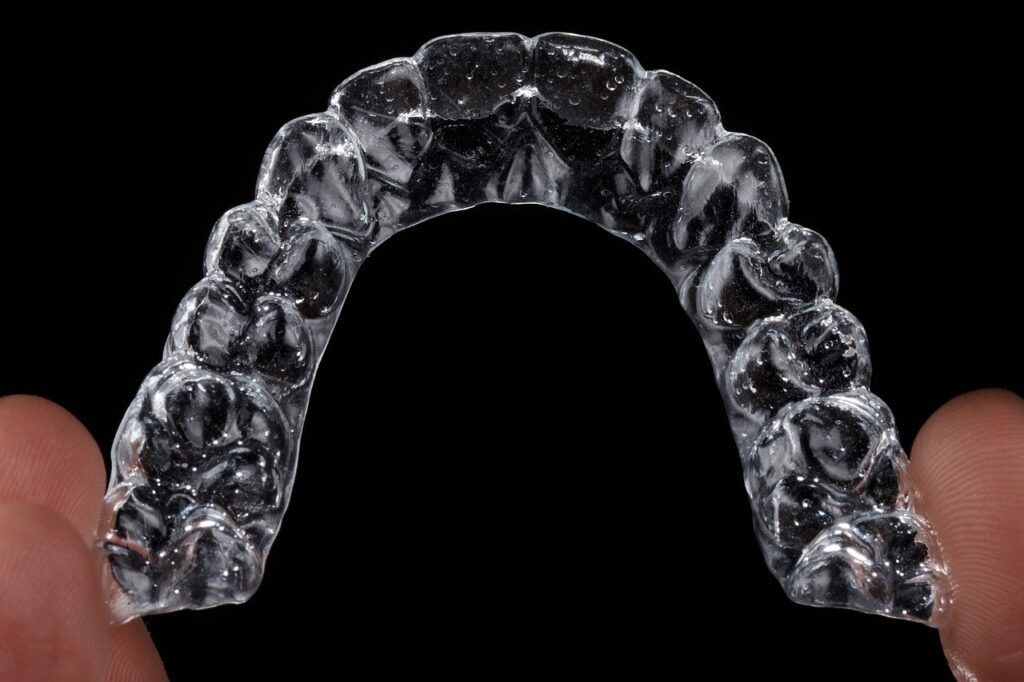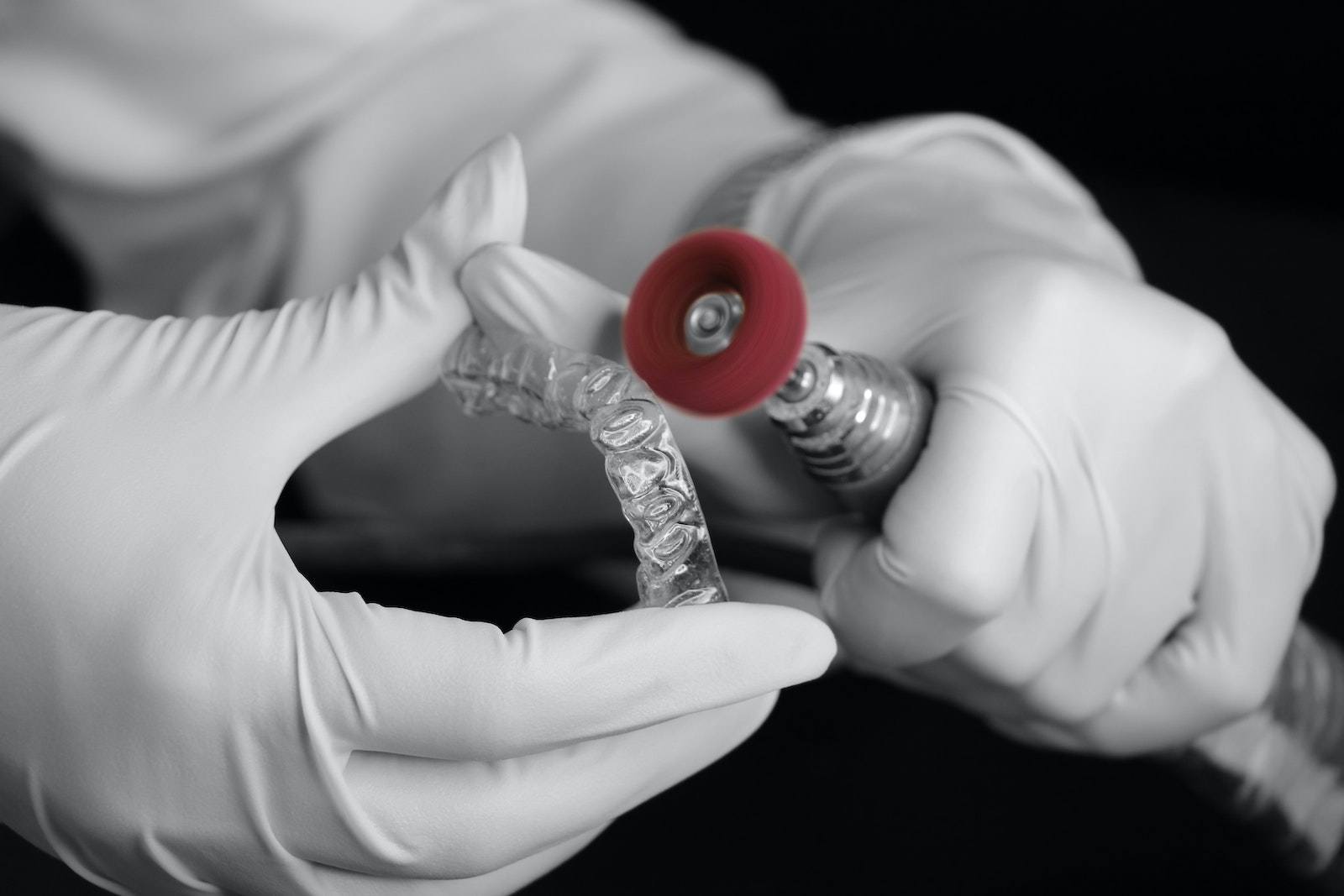What Are Invisalign Refinements, and Do You Really Need Them?
During treatment, your dentist may need to make minor adjustments to your aligners. These adjustments are known as Invisalign refinements. Adjustments may be required if the anticipated gap closing or targeted tooth straightening still needs to be achieved.
In This Article:
- What are Invisalign Refinements?
- How do Invisalign Refinements work?
- Why Do You Need Invisalign Refinements?
- Process of Getting Invisalign Treatment
- What Happens Post Refinement?
- Your Invisalign Treatment Journey
- Advantages of Invisalign Treatment
- Bottom Line
What are Invisalign Refinements?
You must know that teeth are unpredictable while undergoing Invisalign treatment. Sometimes things may go according to plan, and you get what you need from your dentist, but this is not guaranteed. Therefore, anybody going through Invisalign treatment must be aware of the risks and complications of the treatment plan. This is why periodic checkups are necessary. If your orthodontist notices that your teeth aren’t moving as they should, they may give you more aligners.
Invisalign treatment usually requires between 12 and 18 months to complete the course. You must wear your aligners for at least 20 to 22 hours each day during this period, clean them frequently, and change your trays as directed. Even after all the precautions and instructions, you may need to make some adjustments.
How do Invisalign Refinements work?
Every patient receives a different and unique shape of aligners that is easily distinguishable from others, and they all have different purposes. Each aligner is designed to put the right amount of pressure on your teeth to move and realign them into their ideal positions. As instructed by your dentist, you need to change your Invisalign aligners approximately every two to three weeks.
Each time you visit our dental office in Edina, MN for a new set of aligners, your dentist will check the growth of your teeth. Because each patient’s smile is unique and responds to Invisalign treatment differently, adjustments may be necessary to ensure the best outcome.
The best way to stay on track and minimize the need for mid-course corrections during treatment or post-treatment modifications is to follow the exact prescription your dentist has planned for you.
Your dentist may suggest and advise adding refinements to your treatment if your teeth don’t move into the appropriate position on the scheduled dates of your visits.
Why Do You Need Invisalign Refinements?
Although it’s not always the case, some patients need minor refinements for their Invisalign. For many patients, simply following the plan is insufficient. Most dentists agree that 80–90% of the improvements promised by Invisalign will be achieved.
In most cases, adjustments are necessary to reach the last 20%. The refinements are necessary only when your teeth are not adequately responding to the treatment. You need to keep track of your appointments for accurate results.
Process of Getting Invisalign Treatment
If your Invisalign specialist suggests more modifications after your refining treatment is finished, your teeth require more adjustments. Your dentist will first look at your teeth, and if they want to create an improvement plan, they will scan your teeth using the 3D scanner.
After assessing your circumstances, your dentist or your orthodontist will notify you of the financial costs associated with any necessary Invisalign refining procedures.
After that, you will receive Invisalign refinement trays to help you straighten teeth that are still not aligned and close any gaps that are still visible. Your orthodontist will determine the number of refining aligners you need based on your treatment situation and characteristics.
Patients have also mentioned that their bite feels different, which could take some getting used to, and their pain level increases at the start of each tray cycle. Furthermore, if you’re in pain or uncomfortable, especially in the first few days of a new tray cycle, that’s a good sign for your healing process.
Related Article: Which clear aligner is best for you? Byte or Invisalign? Click the link to learn more about the two aligners.
What Happens Post Refinement?
If your dentist determines that new adjustments are necessary for aligning your teeth, they will take new impressions of your teeth. You will receive a brand-new set of aligners made from these molds. As a result, your specialist might approve a new treatment strategy for you.
Sadly, your dentist might decide that the course of treatment needs to be prolonged. Even though this may not seem like good news, the outcomes will be in your favor. This is why it’s crucial to go to checkups; otherwise, you run the risk of delaying the alignment process.

Your Invisalign Treatment Journey
The dentists first determine if you need Invisalign or not. They will scan your teeth and take digital pictures if you need adjustments. Your Invisalign specialist approves your treatment if you require refinements and teeth adjustments. Following is the process of the Invisalign treatment journey.
1. In-Office Consultation
Before you decide on Invisalign treatment, you must consult your orthodontist and visit them to determine if it is the right treatment plan for you. In-office visits are essential; you learn more about the treatment from your specialist, who will fill you in with a detailed treatment process and the expected outcome.
2. Treatment Plan Development
Once your Invisalign specialist determines you are the candidate for the Invisalign treatment, they create images of your teeth using a digital scanner. After this process, they will develop a precise plan for your treatment and the time required for the overall process.
3. Treatment Begins
Your personalized clear aligners are made from the Invisalign SmartTrack material and eventually fitted to your teeth during a visit. Your dentist will go through the course of treatment with you once more and let you know how many hours a day you will need to wear your aligners.
4. Tracking Progress and AfterCare
As you wear your aligners over time, your teeth gradually move into new positions. It would be best if you visited your doctor every few weeks to discuss your progress. After completing your Invisalign treatment, we will fit you with a personalized retainer and discuss post-aligner care.
Advantages of Invisalign Treatment
The first thing we notice when meeting a person is their smile because it helps us understand their confidence level and how hygienic they are. And if you don’t like your smile, it can lower your self-esteem, making you feel uncomfortable meeting people and talking to them. Thanks to the Invisalign treatment plan helps to regain your smile and get a hold of your self-esteem. Here are a few lesser-known benefits of Invisalign.
1. Virtually Invisible
You don’t have to be concerned about the traditional metal covering your gorgeous smile. Thanks to Invisalign transparent aligners, which are almost undetectable compared to traditional metal braces, now you can walk confidently.
2. Injury Free
Metal brackets or braces can break and hurt the inside of your mouth. The clear SmartTrack material used to create Invisalign aligners is resistant to breakage.
3. Brush and Floss Easily
Invisalign aligners are easily removable, unlike conventional metal braces, so you may take them out to brush and floss your teeth. This is also helpful for you to clean your aligners and then put them back.
4. Covered by Insurance
People who wish to get Invisalign often worry that their insurance will cover their treatment. This is to inform you that most insurance policies cover this treatment plan. Check with your insurance provider for more detailed information on your policy. If you need help with your dental insurance, please check out our insurance info here.
5. Fewer Office Visits
A dental office visit is necessary when the rubber bands or wires on metal braces need to be tightened. This is not the case with clear Invisalign aligners.
You‘ll get the aligner trays for the first and the subsequent phases after you begin the Invisalign treatment program. You can go about your day without making a second office appointment if you receive the trays beforehand.
6. More Comfortable
Even if you have never had braces, you know the discomfort they can cause. Conventional braces move teeth by applying tension to the brackets and wires. Tightened braces cause discomfort and soreness until the strain is released.
When using Invisalign, you can easily remove the aligner trays to eat, floss your teeth and brush them accordingly. The feeling of pain and rubbing against your cheek, tongue, or gums is reduced with Invisalign.
Bottom Line
If you want the perfect smile without showing off your metal braces, the Invisalign treatment is suitable for you. And no, you are never too old for an Invisalign. Our Invisalign specialist at the Mint Dental Clinic in Edina, MN, determines if you need refinement and then proceeds with a further treatment plan. Contact our Invisalign specialist today to make an appointment and get your smile groomed.
